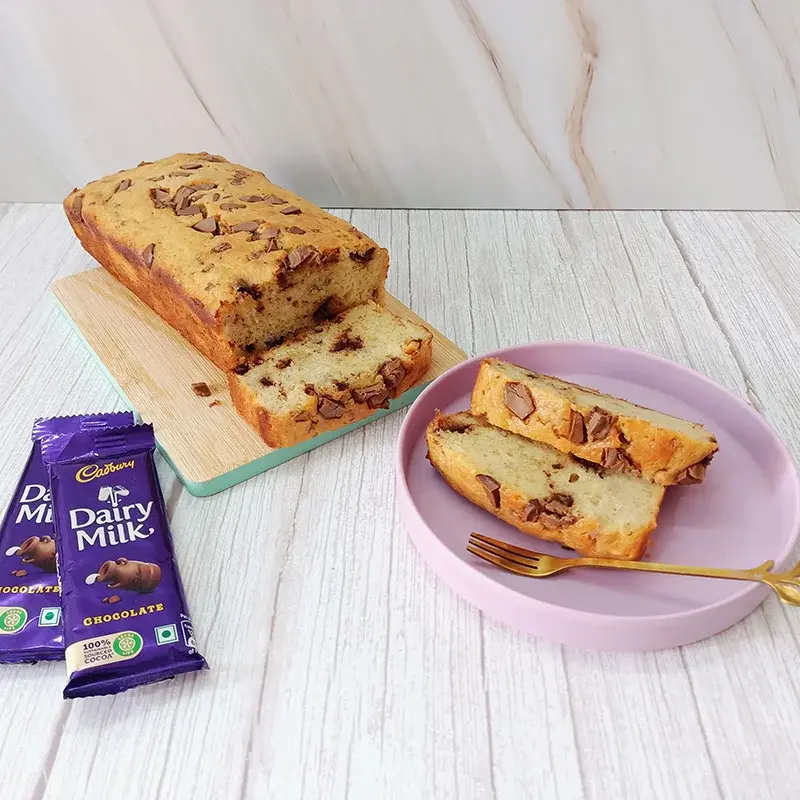In this article, we will take a closer look at these two breads and break down the key differences between them.

In the world of baking, many words sound similar but have very different meanings. Two
such words are "croissant" and "crostini." Both are types of bread, but they are used in very
different ways. In this article, we will take a closer look at these two breads and break down
the key differences between them.
What is a Croissant?
The croissant, a delectable pastry with its signature crescent shape and flaky layers, has
graced breakfast tables and bakeries worldwide, becoming a symbol of French cuisine. Its
origins, however, can be traced back to Austria, where it was known as the kipferl, a
crescent-shaped pastry that dates back to the 13th century. While the kipferl served as the
inspiration for the croissant, it was the French who refined and popularized this pastry,
transforming it into the beloved culinary creation we know today.
The evolution of the croissant from the kipferl to its modern form is attributed to two key
factors: the introduction of yeast and the development of lamination techniques. In the 17th
century, French bakers began using yeast in their pastries, leading to a lighter and airier
texture compared to the denser kipferl. Additionally, the technique of lamination, where
butter is repeatedly folded into the dough, was perfected, creating the distinctive layers that
give the croissant its flaky and crisp exterior.
What is Crostini?

In Italian cuisine, where simplicity meets elegance, crostini is a testament to this culinary
philosophy. These small, toasted rounds of bread, often crafted from sourdough, baguette,
or ciabatta, serve as a versatile canvas for an array of delectable toppings. Their crusty
exterior, a result of careful toasting, provides a delightful contrast to the richness of the
toppings, creating an explosion of flavors in every bite.
Crostini's origins trace back to ancient Rome, where they were known as "pan tosto," which
translates to "toasted bread." Over time, these humble toasts evolved into an integral part of
Italian cuisine, gracing the tables of countless gatherings and celebrations. Their adaptability
and versatility have cemented their place as a beloved culinary staple.
The beauty of crostini lies in its endless possibilities. The bread, the foundation of this
culinary creation, can be customized to suit individual preferences and tastes. A classic
sourdough crostini offers a tangy, slightly sour base, while a baguette crostini provides a
crisp, airy texture. Ciabatta crostini, with its open crumb structure, lends itself well to
absorbing the flavors of the toppings.
The true artistry of crostini lies in the selection and preparation of toppings. A simple brush of
olive oil and a sprinkle of salt and pepper can elevate a crostini to new heights. However, the
culinary world offers a vast array of options to tantalize the taste buds. Crostini's versatility
extends beyond its toppings, making it an ideal addition to various occasions. As an
appetizer, crostini serves as an elegant prelude to a culinary journey, offering a delightful
bite of flavor that sets the tone for the meal ahead.
Key differences between croissants and crostini
● Shape: Croissants are typically crescent-shaped, while crostini are typically square
or rectangular.
● Texture: Croissants are flaky and light, while crostini are crusty and dense.
● Flavor: Croissants are typically plain, while crostini are typically savory.
● Serving: Croissants are typically served as a breakfast or brunch pastry, while
crostini are typically served as an appetizer.
● Ingredients: Croissants are made with yeast-leavened dough, while crostini is made
with a variety of bread.
How to use croissants and crostini

Croissants and crostini are both versatile breads that can be used in a variety of ways. Here are some ideas:
Croissants:
- Serve plain with butter or jam
- Fill with sweet or savory ingredients
- Use as a base for a breakfast sandwich
Crostini:
- Top with a variety of savory ingredients, such as cheese, meats, or vegetables
- Serve as an appetizer or snack
- Use as a base for a bruschetta
Tips for Making Croissants and Crostini
Croissants:
- Use high-quality butter
- Laminate the dough carefully
- Proof the dough until it is doubled
Crostini:
- Use a variety of breads
- Cut the bread into small, even slices
- Toast the bread until it is golden brown
Croissants and crostini are both delicious breads that can be used in a variety of ways. By understanding the key differences between the two, you can make sure to use them in the best way possible.
More Like This
Popular Articles



Trending Web Stories
Curated Recipes


















